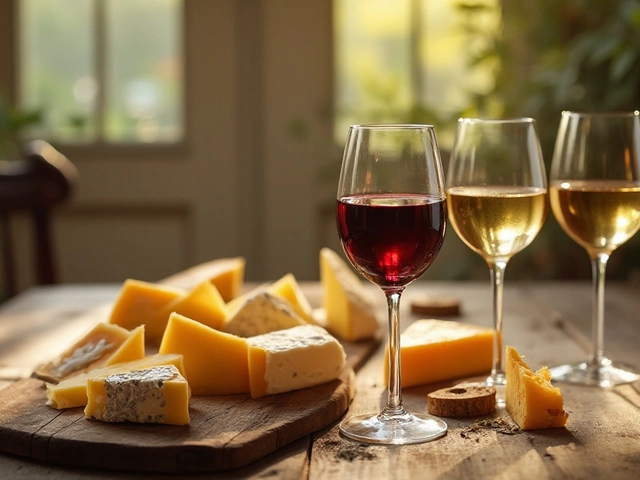Gin Market Trends: What’s Driving the 2025 Boom
If you’ve been scrolling through cocktail menus lately, you’ve probably noticed gin popping up everywhere. It’s not a fluke – the gin market is on a serious upswing, and the numbers back it up. In the past year, global gin sales jumped by double digits, and the trend shows no sign of slowing.
Why the surge? First, consumers are craving fresh, botanical flavors that feel both classic and adventurous. Second, the rise of small‑batch distilleries means there’s a new gin on every shelf, each with its own story. Finally, social media is turning gin drinks into Instagram moments, which pushes people to try something new.
Why Gin Is Booming Right Now
Craft distilleries are the engine of this growth. In 2024, over 1,200 new gin brands launched worldwide, many focused on local ingredients like native herbs, citrus peels, and even spicy peppers. These niche products appeal to drinkers who want a taste of their region in a glass.
Another big factor is the health‑conscious shift. Gin’s base of neutral grain spirit plus botanicals means it often carries fewer calories than heavy‑spirit cocktails. Bars are swapping out sugary mixers for tonic water, cucumber slices, or fresh herbs, presenting gin as a lighter option.
Don’t overlook the premium segment either. High‑end gins priced above £50 are growing faster than the overall market. Enthusiasts are willing to spend more for rare botanicals, aged barrels, or limited‑edition releases. This premium push lifts average revenue per unit, even if the volume isn’t massive.
What to Watch for in the Next Year
Look out for “floral‑forward” blends. Botanicals like lavender, hibiscus, and elderflower are moving from garnish to core ingredients. Producers are marketing these as “summer in a bottle,” and the sales data already shows a spike during warmer months.
Expect more crossover collaborations. We’re seeing gin makers team up with food brands, perfume houses, and even fashion labels to create limited releases. These partnerships generate buzz and pull new audiences into the gin world.
Finally, keep an eye on sustainability claims. Consumers are demanding transparent sourcing and eco‑friendly packaging. Distilleries that adopt reusable bottles, carbon‑offset production, or locally sourced botanicals are likely to win loyalty and shelf space.
Bottom line: Gin’s popularity isn’t a passing fad. It’s fueled by craft innovation, health‑friendly vibes, and clever marketing. Whether you’re a bar owner, a home enthusiast, or just curious about the next big sip, staying tuned to these trends will keep you ahead of the curve.
Gin is slipping down the spirits ladder. Explore why gin is declining, what’s replacing it, and how the market and drinkers are responding.
View Details

